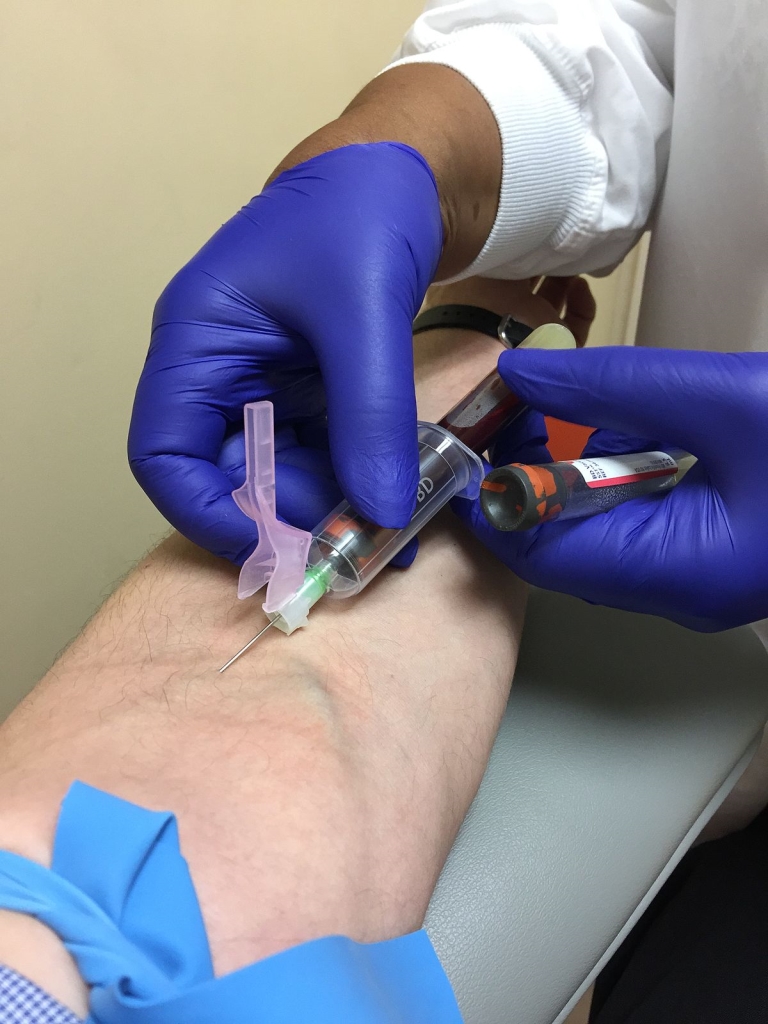Phlebotomy Tubes And Tests: A Complete Guide
When it comes to drawing blood for diagnostic testing, phlebotomy tubes are essential tools used in the healthcare industry. These tubes come in various colors and types, each designed for specific tests and purposes. In this comprehensive guide, we will explore the different types of phlebotomy tubes and the tests they are used for, providing valuable information for both healthcare professionals and patients alike.
Overview of Phlebotomy Tubes
Phlebotomy tubes, also known as vacutainer tubes or blood collection tubes, are sterile containers used to collect blood samples for laboratory testing. These tubes are made of plastic or glass and come in different colors to indicate the additives or anticoagulants present in the tube. The color coding of phlebotomy tubes is standardized to ensure accuracy and consistency in sample collection and testing.
Phlebotomy tubes are typically used in conjunction with a needle and a vacuum system to draw blood samples efficiently and safely. The vacuum system in the tubes allows for precise volumes of blood to be collected without the need for manual aspiration.
Types of Phlebotomy Tubes
There are several types of phlebotomy tubes, each designed for specific tests or purposes. Here is a list of the most common types of phlebotomy tubes and the tests they are used for:
Lavender Top Tube (EDTA Tube)
| Tube Color | Additive | Tests |
|---|---|---|
| Lavender | EDTA (Ethylenediaminetetraacetic acid) | Complete Blood Count (CBC), Erythrocyte Sedimentation Rate (ESR), Blood Smear |
The lavender top tube, also known as the EDTA tube, is commonly used for hematological tests that require whole blood or plasma samples. The EDTA additive in the tube prevents blood clotting by chelating calcium ions, making it suitable for tests that require anticoagulated samples.
Green Top Tube (Heparin Tube)
| Tube Color | Additive | Tests |
|---|---|---|
| Green | Heparin | Plasma Tests, Ammonia, Blood Gas Analysis |
The green top tube, also known as the heparin tube, contains a heparin additive that inhibits blood clotting by enhancing the activity of antithrombin III. This tube is ideal for tests that require plasma samples or when rapid testing is needed.
Red Top Tube (Plain Tube)
| Tube Color | Additive | Tests |
|---|---|---|
| Red | None | Serum Tests, Blood Chemistry Tests, Infectious Disease Tests |
The red top tube, also known as the plain tube, does not contain any additives and is used for collecting serum samples for various tests. The serum obtained from this tube can be used for blood chemistry tests, infectious disease testing, and other diagnostic tests that require serum samples.
Phlebotomy Tube Handling and Storage
Proper handling and storage of phlebotomy tubes are essential to ensure the integrity of the blood samples and the accuracy of test results. Here are some practical tips for healthcare professionals and patients when dealing with phlebotomy tubes:
- Store phlebotomy tubes in a cool, dry place away from direct sunlight.
- Avoid freezing or overheating phlebotomy tubes, as this can affect the quality of the blood samples.
- Check the expiration date on phlebotomy tubes before use and discard any expired tubes.
- Properly label phlebotomy tubes with patient information and the date and time of collection.
- Handle phlebotomy tubes with care to prevent breakage and contamination of blood samples.
Benefits of Using Phlebotomy Tubes
Phlebotomy tubes offer several benefits for healthcare professionals and patients, including:
- Standardization: The color-coded system of phlebotomy tubes simplifies sample collection and ensures accuracy in test results.
- Efficiency: The vacuum system in phlebotomy tubes allows for rapid and precise blood collection without the need for manual aspiration.
- Safety: Phlebotomy tubes help to minimize the risk of needlestick injuries and contamination of blood samples during collection.
- Quality Assurance: Proper handling and storage of phlebotomy tubes help to maintain the integrity of blood samples and the accuracy of test results.
Conclusion
Phlebotomy tubes play a vital role in the collection and testing of blood samples for diagnostic purposes. Understanding the different types of phlebotomy tubes and the tests they are used for is essential for healthcare professionals to ensure accurate and reliable test results. By following proper handling and storage practices, healthcare professionals and patients can maintain the integrity of blood samples and enhance the quality of diagnostic testing. Phlebotomy tubes are indispensable tools in the healthcare industry, contributing to the delivery of high-quality patient care and the diagnosis of various medical conditions.
